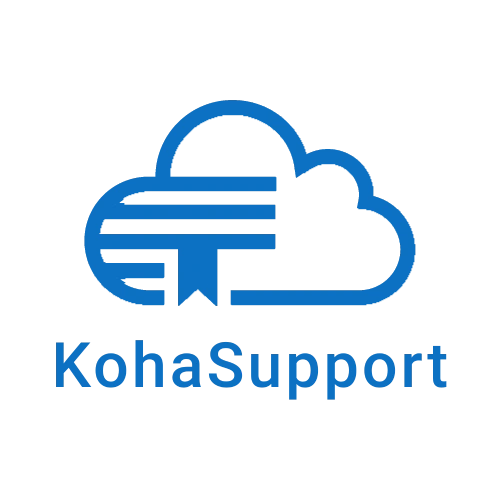Library Terminology Every Librarian Should Know
Understanding core library terminology is essential for both new and experienced librarians. Whether you’re managing physical collections, digital archives, or public-facing services, a strong grasp of foundational vocabulary ensures effective communication and consistent practices within the library profession.
Below is a list of key terms that form the backbone of modern library operations and services.
Key Terminologies and Definitions
| Term | Definition |
|---|---|
| Cataloging | The process of organizing, describing, and classifying library materials using established standards and metadata. |
| Classification | A system for arranging library materials based on subject or content, commonly using schemes like Dewey Decimal or Library of Congress Classification. |
| Metadata | Information that describes other information, such as the title, author, subject, and publication date of an item. |
| MARC (Machine-Readable Cataloging) | A standard digital format for bibliographic and item information used in library catalogs. |
| Authority Control | The practice of maintaining consistent forms of names, subjects, and titles in the catalog to ensure accurate search and retrieval. |
| OPAC (Online Public Access Catalog) | The interface that allows library users to search the catalog and locate resources, typically accessible via the internet. |
| Circulation | The process of lending materials to patrons and tracking their return, including holds, renewals, and fines. |
| Reference Services | Assistance provided by librarians to help users find information, whether in print, online, or from institutional resources. |
| Interlibrary Loan (ILL) | The process of borrowing and lending materials between libraries to meet user needs. |
| Bibliometrics | The statistical analysis of books, articles, and other publications to study trends, impact, and research outputs. |
| Collection Development | The strategic process of selecting, acquiring, evaluating, and weeding materials to support the library’s mission and users. |
| Digitization | The conversion of physical materials (e.g., books, photos, manuscripts) into digital formats for preservation and access. |
| E-resources | Digital content made available through the library, such as eBooks, databases, streaming media, and journals. |
| Information Literacy | The ability to identify, locate, evaluate, and effectively use information from various sources. |
| Copyright | A legal framework that protects creators of original works and outlines the rights of use and distribution. |
| Intellectual Property | A broader legal concept covering copyright, patents, trademarks, and trade secrets. |
| Preservation | The activities aimed at protecting materials from deterioration and ensuring long-term accessibility. |
| Accessibility | The practice of ensuring that library materials and services are usable by all patrons, including those with disabilities. |
| Reader’s Advisory | Personalized recommendations and assistance provided by librarians to help users find books and materials suited to their interests. |
| Outreach | Initiatives undertaken by the library to engage the community, raise awareness, and promote library services and programs. |
Summary
A shared vocabulary is essential in any professional field, and librarianship is no exception. Mastering these core terms allows librarians to collaborate more effectively, train staff, engage users, and support decision-making across technical and public service areas. Whether managing metadata or conducting outreach, these foundational concepts form the basis of modern library practice.
